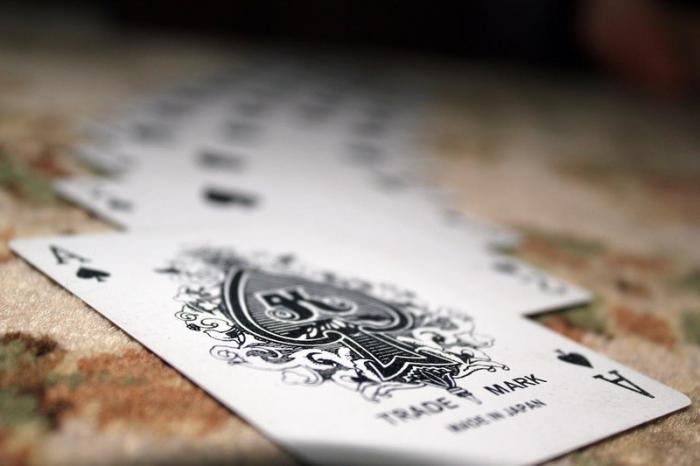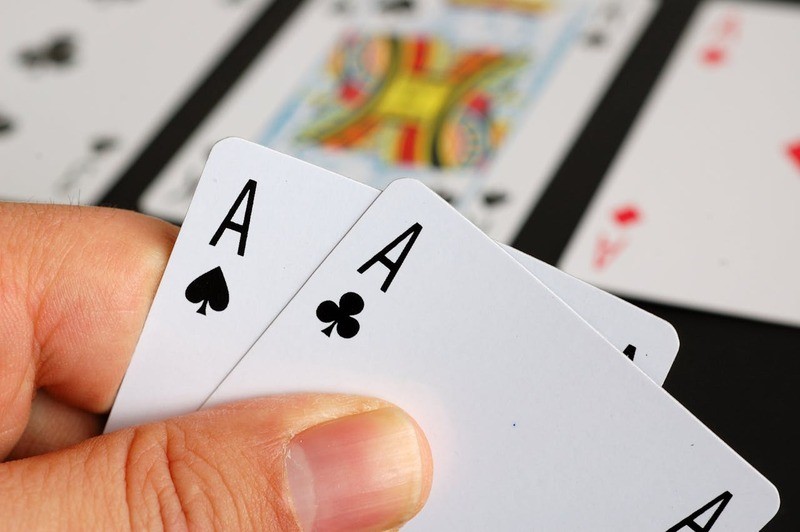Why is the Ace of Spades So Symbolic in Popular Culture?
FTC Statement: Reviewers are frequently provided by the publisher/production company with a copy of the material being reviewed.The opinions published are solely those of the respective reviewers and may not reflect the opinions of CriticalBlast.com or its management.
As an Amazon Associate, we earn from qualifying purchases. (This is a legal requirement, as apparently some sites advertise for Amazon for free. Yes, that's sarcasm.)

Image Source: Pexels
The standard deck of 52 cards has left one of the strongest graphical imprints on popular culture. Its design of royal houses and suits can be found in everything from fashion to music. Yet one card, The Ace of Spades, has become the most symbolically powerful of them all. But how did this happen, and why this card?
Dealt an Ace
One theory comes from arguably the most popular variation of poker, where the ace is the highest-valued card. The rules of Texas Holdem state that the winner is the player who gets the best hand from seven cards. Two are a hole card specific to the player, with five other communal cards. Three of these are known as the flop, one a turn, and the final one a river.
Each appears after a round of betting. Thus, having higher cards like aces is more beneficial to players. There is no statistical advantage to having the ace of spades in comparison to any other type of ace though. It is not worth more than an ace of hearts for example.
Outside of poker, it does have some more positive connotations. In Solitaire, for example, you need the aces to build a deck. Thus, getting the Ace of Spades is a sign that you may be on to a winning game from the offset.
Historical Connotations

Image Source: Pexels
The real link between Western popular culture and the ace of spades can be traced back to England in the 17th Century. When tax had to be paid on playing cards, the ace of spades always bore the tax stamp. This later spread to the actual printing of aces to denote tax had been paid. There were even people who professionally forged the card and were charged for doing so.
Several military units have adopted the ace of spades as their insignia or motif. The British Army had units that used the symbol in both the First and Second World Wars. The 506th Parachute Infantry Regiment from the United States also used this in the Second World War.
Religion and Mysticism
It is not just one vein that has mythologized the card. A mix of history and world cultures has added to this allure. Many cultures use the ace symbol as something positive. In Hinduism, for example, it signifies wealth, and the card appears in the tarot deck, where it is a good sign signalling the end of a journey and the possibility to start a new one.
However, it also has strong connotations with death. It was allegedly the hand that the outlaw Wild Bill Hickok was holding when he passed away. Due to this, in popular culture it has taken on many roles. While it can be an omen of danger and ill fortune, it can just as well be a sign of good luck.
From stories to movies, music, and more, it is no wonder The Ace of Spades has become the most important card in popular culture.


